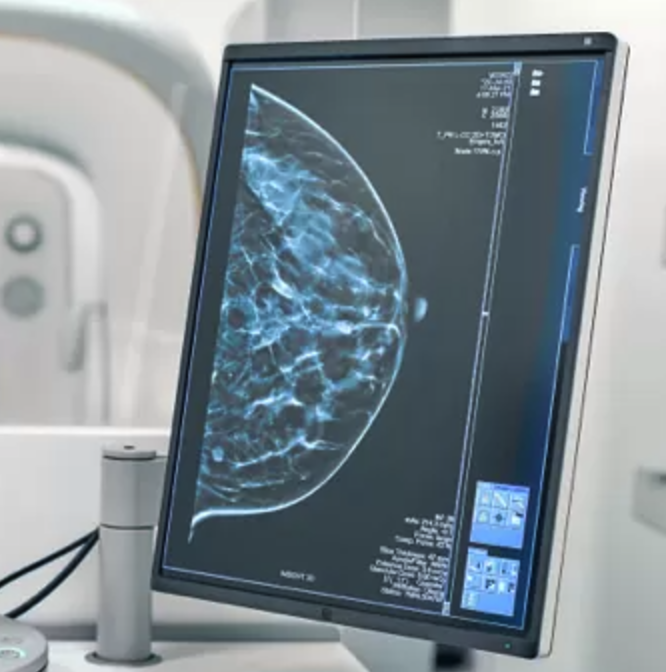Transpara Nets New FDA Clearance for Breast AI
Images

ScreenPoint Medical showcased a new FDA clearance for expanded capabilities of its Breast AI Transpara at RSNA 2024.
ScreenPoint will highlight its latest advancements, which include Transpara 2.1: an updated algorithm based on additional training and insights gathered from luminary users around the world. Transpara 2.1 is compatible with options for breast density (BIRADS and volumetric) and temporal comparison. Allowing suspicious areas on a current study to be analyzed against up to 3 priors over 6 years, the robust temporal comparison capability will be the first of its kind in the market. The Transpara 2.1 algorithm is both CE-marked and FDA cleared.
With the algorithm improvements, the system standalone performance is demonstrated to be in the top 10% of radiologists in a presentation by Alejandro Rodriguez Ruiz, PhD at ECR 2024.
"Taking tissue changes into account for characterization of findings is a long-awaited feature of AI," said Professor Nico Karssemeijer, PhD, co-founder and Chief Scientific Officer of ScreenPoint Medical. "We are very excited about the significant improvement of Transpara performance when priors are used, especially when more priors with a longer time interval are included, which is in line with radiologists' experience. Our solution is designed for screening and diagnostic use to truly improve clinical workflow. Use of priors hardly increases computation time, and we provide the user with information about the effect of priors on the final result to increase confidence and transparency."
In addition to the introduction of Transpara 2.1, the clinical and workflow benefits of Transpara on improving the mammography screening process are the subject of several studies being presented this week at RSNA in scientific sessions:
- In the prospective study, "Putting It In Perspective: AI Triage Streamlining Screening Mammogram Turnaround Time (Tat) Amid Staff Shortages," researchers from UMass Memorial Health evaluated the potential of AI software for prioritizing interpretation to reduce turnaround time (TAT) in breast cancer detection and diagnosis. Results demonstrated that using Transpara scoring to prioritize reading has tremendous workflow and workload benefits.
- The study "Implementation Of A Convolutional Neural Network based Detection Software As An Independent Third Reader In The German Mammography Screening: A Prospective Study," evaluated the impact of using AI software in mammography as an independent third reader in the German breast cancer screening program on detection rates and on the screening process. Using Transpara as decision support increased the cancer detection rate, specifically invasive cancers.
- The ability of AI to aid radiologists in improving cancer detection in women with dense breasts was evaluated in the study, "Performance Of An Artificial Intelligence System On Screening Digital Breast Tomosynthesis Cases In Dense And Not Dense Breasts.” Researchers showed that studies marked by Transpara have a strong predictive value for cancer, and the algorithm performs similarly well in dense and non-dense breasts.